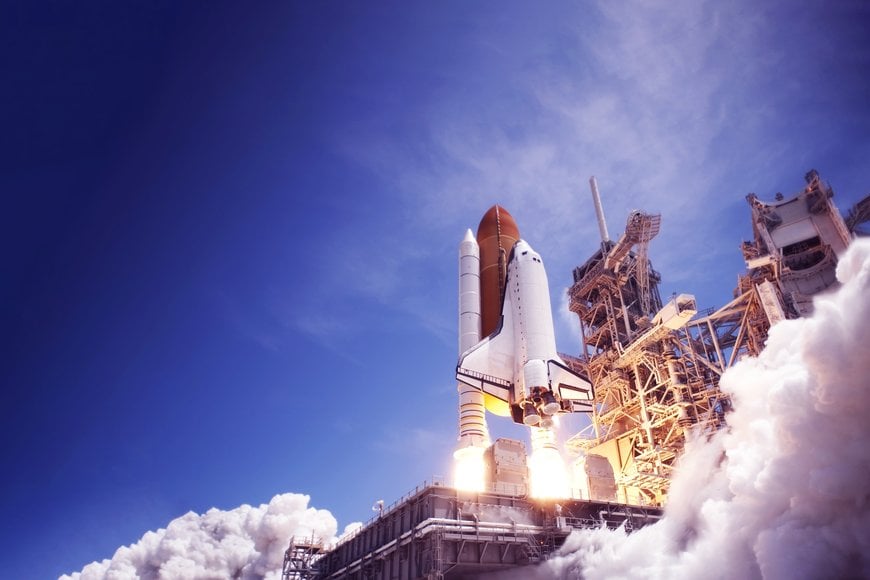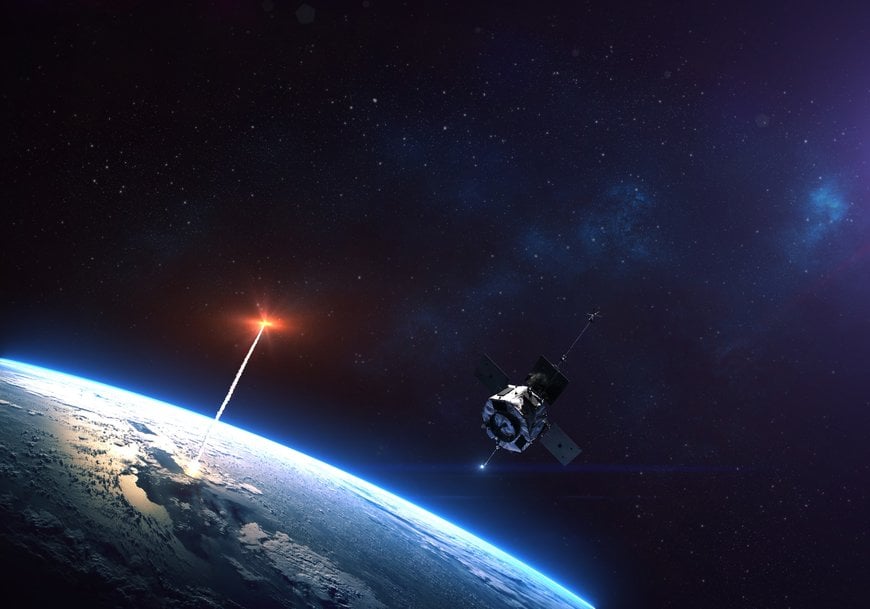www.industry-asia-pacific.com
29
'23
Written on Modified on
Exploring the different challenges connectors face in each stage of a space mission
On July 4, 2020, Rocket Lab's Electron rocket experienced a launch failure leading to the loss of seven satellites.

A higher resistance in one connector caused it to heat up, melting the anti-vibration material that covered it. Vibrations then disconnected the joint, cutting the power to the turbopump. Connectors undergo extreme stresses in all stages of space missions. Here Alex Raymond, product manager at interconnect specialist PEI-Genesis, takes us through the different stages of a space mission to the moon, discussing the challenges connectors face and what measures manufacturers take to ensure that they withstand such harsh conditions.
3,2,1… Lift-off
The main engines and rocket boosters ignite with a great roar and intense vibrations are felt by every component on the spacecraft. These vibrations can impact the integrity of connectors and their functionality by shaking them apart. Moreover, rapid temperature and pressure changes during launch can cause some of the materials that seal the connectors to expand and contract, loosening the contacts and causing faulty connections.
To overcome the launch challenges, connectors must be designed with precision and robustness. Mating systems such as jack screws, latching mechanisms, and bayonet coupling are used to ensure secure connections even under extreme vibrations. Hermetic seals and advanced insulating materials safeguard the connectors against temperature and pressure changes.

Escaping the atmosphere
As the spacecraft begins to leave the Earth’s atmosphere, the main engine shuts off, vibrations subside and the first stage is discarded. The second stage then propels itself into low-earth orbit. However, connectors now face more challenges in this extreme environment.
Thermal cycling occurs as the spacecraft transitions between sunlight and shadow, causing temperatures to fluctuate from -65 to +125 degrees Celsius in low-earth orbit. The near vacuum created by the lack of atmosphere leads to the outgassing of polymers inside connectors, releasing volatile organic compounds (VOCs) that can interfere with other components. Residual magnetism in the metals used in connectors can lead to numerous instrument misreadings, such as critical errors in navigation and power generation.
Connectors designed for space applications in low-earth orbit and beyond must possess insulating properties that withstand extreme temperatures. Fortunately, many of the connectors are situated within the spacecraft, meaning they are also insulated by other components. Solutions for low-earth orbit include space-grade D38999 (Class G) connectors with an operating temperature of -65 to +200 degrees Celsius. These can be paired with various space-rated accessories such as heat shrink tubing and back shells.
To prevent the issue with outgassing, manufacturers must extract the VOCs prior to launch. This is accomplished by baking the connectors at an elevated temperature in a vacuum-sealed oven.
Metallic connectors constructed specifically with low residual magnetism include the Positronic Space D-Subs. These conform to MIL-DTL-24308 class M specifications for D-Subs, and NASA-RP-1124 outgassing standard tests. Testing is carried out using a fluxmeter following NASA space grade requirements for electric components.
The European Cooperation for Space Standardization outlined the suitable materials to be used in space in its space product assurance standard. For example, it explains that volatile metals like cadmium, zinc, and tin, known for growing whiskers in vacuum, should be avoided in space hardware and ground-support equipment. Porous platings, including gold plate over silver, also pose risks and should not be used in spacecraft.
Touchdown
As the spacecraft approaches the surface of the moon, the thrusters ignite to slow the decent, kicking up huge amounts of dust, coating the surface of the craft, and any external connectors.
Dust particles can infiltrate connectors and accumulate on contact surfaces, pins, and sockets. This can lead to poor electrical contact, increased resistance, and even intermittent or complete loss of signal transmission. Contaminated connectors can result in data errors, signal degradation, reduced overall system performance, or complete failure.
Gaskets, o-rings, backshells and heat shrink boots can be integrated into the connector design to prevent dust ingress and maintain airtight connections. As well as safeguarding against pressure changes, hermetically sealed connectors also keep out dust and other particles.
PEI-Genesis, a value-add connector distributor, has strong relationships with space-rated connector manufacturers. Serving as a trusted advisor, the company tailors custom solutions for unique missions, leveraging its vast inventory for swift access. Brands like Positronic, Amphenol and Souriau offer versatile options for aerospace, military, and medical use.
www.peigenesis.com

